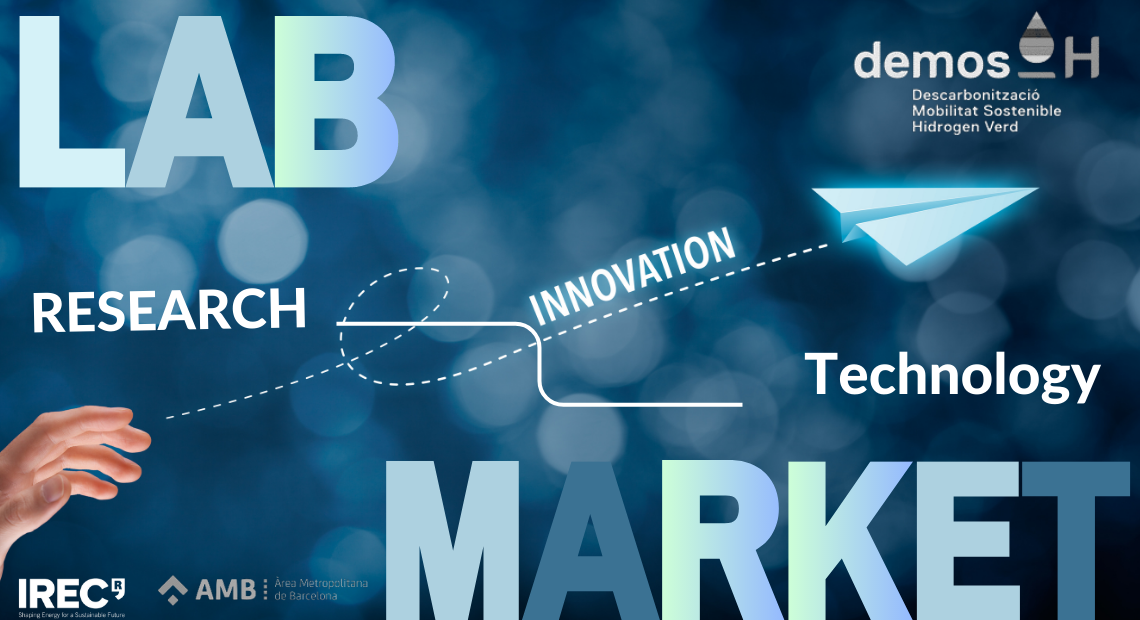Transforming a brilliant idea into an innovative product ready for the market is universally acknowledged as a complex process. This truth holds from the moment a potential new chemical compound is unveiled with the promise of becoming a pharmaceutical product, to the many years it subsequently takes to acquire the necessary authorisations for human use.
We are progressively realising that there are multiple steps bridging the laboratory and the market, encapsulating stages of research, technological development, and innovation. It is an imperative for a 21st-century society to facilitate this transition, championing and promoting the integral phases of research, technological development, and innovation that form this crucial bridge between the laboratory and the marketplace.
Entities such as the European Union are increasingly utilising the TRL (Technology Readiness Level) scale, first proposed by NASA, as a key tool to evaluate and classify projects intended for space missions. This scale has gained worldwide recognition in recent years as a valuable metric for assessing the maturity of a research project.
Nevertheless, a focus on the TRL scale alone isn’t sufficient. It often misses that society, businesses, and the industrial system at large have a separate set of needs requiring an alternative approach. This approach aligns with another scale known as the SRL (Societal Readiness Level), which measures society’s ability to adapt to a project, technology, product, process, or innovation. This scale is critical for effectively organising and guiding activities related to the TRL scale.
In essence, it’s necessary to progress in tandem on the Technology Readiness Levels (TRL) and Societal Readiness Levels (SRL). This process involves considering the interests and concerns of stakeholders, along with the impact of the product or service on society. From TRL 1, representing basic research, through to TRL 9, the point of sale and customer use, a range of non-technological factors, including human and societal ones, need to be carefully considered and appropriately managed. This approach ensures that innovation can have a truly significant impact on society.
DEMOS-H, a centre focused on decarbonisation, sustainable mobility, and hydrogen, is driving activities that correspond to various levels on the SRL scale. This goal is being pursued in collaboration with AMB and IREC, as well as a range of associations, companies, and entities involved in sectors crucial for decarbonisation, mobility, hydrogen, and the energy transition. DEMOS-H’s goal is to advance concurrently on the TRL and SRL scales.
In conclusion, innovation isn’t only about developing new technologies; it also necessitates ensuring these technologies are effectively accepted and adopted by society. This is the challenge that DEMOS-H has set for itself, a journey that requires the commitment and collaboration of all parties involved in the innovation process.
For more detailed insights, please refer to the full articles available in Catalan and Spanish:



